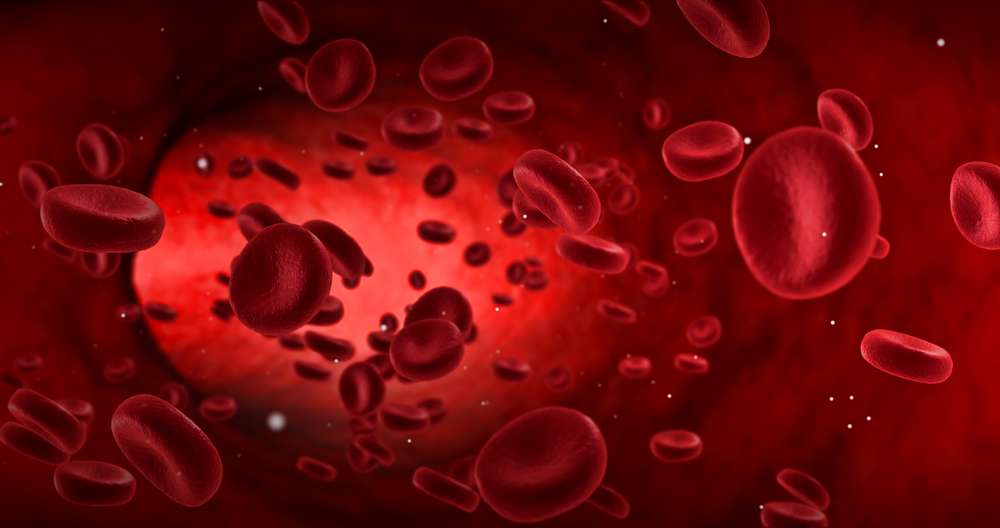Proteins such as insulin and antibodies can be injected into the bloodstream and medication. But when unprotected, the proteins may change shape and lose their functions. Riahna Kembaren (Physical Chemistry and Soft Matter) used micelles to protect the proteins.
Unlike many other medicines, the beneficial properties of therapeutic proteins are linked to their three-dimensional structure. Without a protective layer, this structure may change, causing the protein to lose its function as soon as it enters the bloodstream. Riahna Kembaren (Physical Chemistry and Soft Matter) obtained her PhD in chemical coatings (micelles) that wrap and protect the proteins during their journey through the bloodstream.
Electrical attraction
The micelles Kembaren used are complex, coacervate core micelles (C3M). These core micelles are easily formed from a solution of polymers (substance chains) and the target protein due to differences in the electrical charges of the protein and the polymer. The polymers have a positive charge on one end; the proteins have a negative charge on one end. When mixed, they connect in the core of the micelle. The other ends of the polymer are pointed outwards and form a protective skin around the core.
Crosslinks
However, micelles can also disintegrate within the bloodstream. The micelle mixture is diluted in the blood and also comes into contact with salt. Both salt and a drop below a certain concentration threshold cause the micelle to disintegrate in separate polymer chains. A crosslinker is used to cause the amino groups to form crosslinks in the micelle core, increasing the micelle’s stability.
When the micelle reaches its destination, a tumour cell, for example, it must disintegrate to allow the protein to do its job. A tumour cell has a low pH and a high concentration of glutathione. The micelle can be designed specifically to disintegrate under these circumstances. This enables targeted treatment of cancer by wrapping antibodies in micelles that only open when they encounter a cancer cell.

 Proteins administered for therapeutic purposes have a difficult time navigating the bloodstream. Photo Shutterstock
Proteins administered for therapeutic purposes have a difficult time navigating the bloodstream. Photo Shutterstock 

